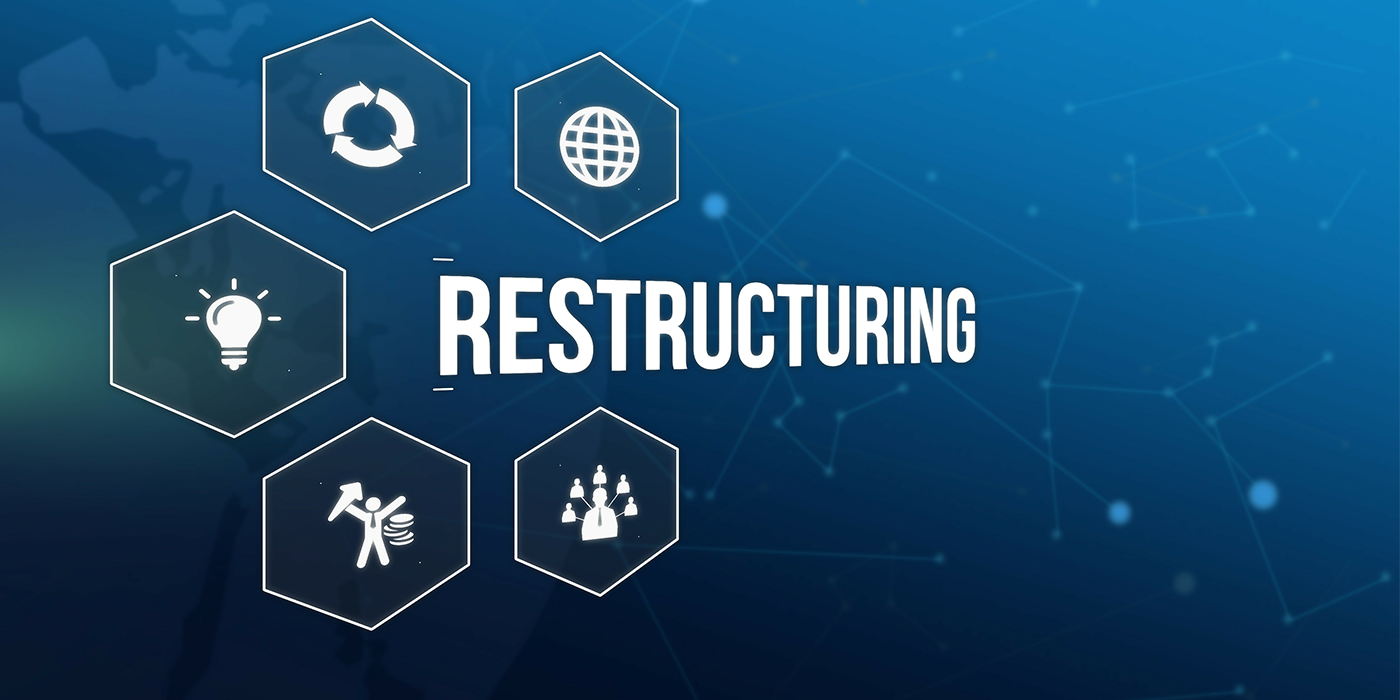The time has passed when good customer service could be measured by having a comfortable waiting room with a TV set, magazines and coffee. Today those things are expected. Customers demand much more, but “great customer service” is not as easily defined as, say, having clean restrooms.
Truth is: Customer service is a tangible, measurable attribute.
Time and again we hear the phrase “great customer service,” but what is it in real terms? Tire dealers know that the key to attracting and retaining loyal customers lies in delivering top-notch customer service, but how is that defined in everyday interactions? What does it take to teach and instill a “customer service” attitude throughout your business?
So says Steve Ferrante, CEO of Sale Away LLC, a sales and customer service training organization, who offered advice about what really constitutes good customer service in a recent interview with Tire Review. Ferrante has tire dealer and service shop clients throughout the U.S., and is a guest speaker at numerous tire dealer conferences each year.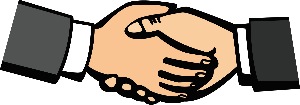
In one of his seminars – Strong Selling in a Weak Economy – Ferrante tells dealers that in this economy “you have to be much more effective to keep customer loyalty and, ultimately, your business. And the key to this is delivering outstanding customer service.”
Customer’s Perception Is Reality
“The customer always decides whether or not you are delivering exceptional customer service,” says Ferrante. “In every case, the customer’s perception is your reality. It doesn’t matter what you as a sales manager or owner may think, it’s all about the customer’s perception. If they feel they have had a sub-standard customer experience, then the bottom line is that they have.”
Any time a customer leaves your dealership feeling that they were not treated fairly or in the manner that they expect, you leave the door open for your competitors to go in and provide a better customer experience. It’s all in the mind of the consumer, the perception of the consumer. Kate Zabriskie, president of Business Training Works Inc., says, “Although your customers won’t love you if you give bad service, your competitors will.”
Ferrante goes on to say that the customer is the most important thing in the equation. “You need to deliver good customer service every day in a consistent fashion. There are tons of principles that tie into exceptional customer service. Probably the most important one is consistency. You cannot rile the troops and get everyone excited about providing exceptional customer experience just today. It has to be ongoing,” he says.
Many companies, such as Nordstrom’s, Starbucks and Hilton, do this right, he points out. A tire dealer isn’t a large company like these examples, but the same principles of customer relations can be practiced. This is something they do each and every day, not just at one time. Your customer service is only as good as your last encounter. The customer contact must not just be good, it must delight the customer.
Exceeding Expectations Necessary
“One of the main things we have to consider is consistently exceeding a customer’s expectations,” Ferrante says. “That’s the mantra of what we are talking about. I call that ‘persuading promoters.’ That’s my term because you want the customers at the end of the day leaving your place of business promoting and persuading other customers and potential customers to come back to your business.”
Any of the books that talk about exceeding expectations of customer service allude to this, he notes, and those customers, now “apostles,” are going to sing a tire dealer’s praises.
A real concern, and what unfortunately happens time and time again, is the opposite. Tire dealer personnel are not exceeding expectations; they are, at best, just meeting expectations. Again, that leaves the door open to the worst thing that can happen – a poor customer experience.
Remember, in a tight economy when customers are watching every single penny, expectations of service and value are higher. They have a greater sensitivity, and a heightened desire to make good buying decisions. This extends from products and prices down to every aspect of their experience with your dealership and people.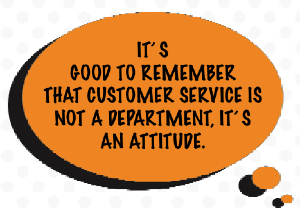
Bad experiences will compound very quickly when the detractors start spreading the word of dissatisfaction. It can have some long-term effects. One bad experience can spoil the relationship forever.
Ferrante uses a model called CARE – Customer, Attitude, Relationship and Exceed Expectations – in his training sessions. “It’s far more difficult and costly to gain a new customer than it is to keep an existing one,” says Ferrante. Tire dealers, he suggests, need to look at the cost of a single disgruntled customer against what is needed to maintain the long-term value of that customer.
“It’s not just the value today but the long-term value of keeping them for life,” he insists. “Dealers absolutely must think long-term.”
Service Strategy Necessary
Most experts agree that excellent customer service is achieved by a three-part program that includes a service strategy, customer-driven systems and customer-friendly employees. Each part of the program must reflect the needs and wants of your customers.
Customer service is tangible and quantifiable, but for that to happen a dealer needs to develop a solid customer service strategy.
An effective strategy includes market research to determine what your customers want and need, a mission statement of where your tire dealership is going and a statement of its values. Try writing a mission and vision statement for your company that might state something like, “ABC Tires is a customer-driven organization that offers top quality products and services at affordable prices to customers in Northeast New Jersey.” The mission and its implied customer service attitude must be presented and sold to employees.
There should be customer-driven systems established and employees should receive training in how to utilize these systems. The customer experience should be one that delights from beginning to end. Customers should be greeted immediately when they enter and sales personnel should quickly enter into a dialogue about the customer’s needs.
The customer should receive all necessary information in a concise and friendly fashion and the tire and/or service sale should be completed to impart a good feeling about the transaction. An employee’s attitude toward the customer should be, “I may not have the answer to your question, but I’ll find it. I may not have the time, but I’ll make it.” This customer service system can best be performed by a quality employee who has received training. More on the importance of proper training later.
Attitude Is Paramount
A great customer-first attitude can be easily seen, for example, at the famous Pike’s Fish Market in Seattle. There are many fish markets in the area, but Pike’s is the best-known and most preferred. It outsells its competitors by a 20 to one margin. Why? Because of the attitude of the employees and the excitement they bring to the simple act of selling fish. Fish fly from employee to employee as they are moved through the market to waiting customers, an entertaining show to be sure, but one delivered with pride and a consistent positive attitude.
A negative attitude will most certainly reflect poorly on a customer experience. Negativism can prevent building a longer-term relationship with a new customer and can kill a carefully built relationship with an existing customer. It’s good to remember that customer service is not a department, it’s an attitude.
Looking at relationships, every customer interaction is like the links in a chain. When you have a great customer interaction – perhaps you helped solve a tough vehicle problem – that makes the customer feel better. In the process it creates that strong, solid link in the chain. Every positive interaction with that customer adds more links to the chain.
On the other hand, those careless customer interactions weaken the chain.
You need to perform the basics as you would when you host a friend. You must be polite and welcoming, and above all, be professional. And get to know the customer – as a person rather than just an invoice, Ferrante says.
Regarding the “exceed expectations” part of the formula, it is necessary to learn what we can do to go the extra mile. Think in terms of the customer’s benefit and well-being. Sales and service personnel should keep that frame of mind in which they say “yes” to customer requests.
Top 10 Customer Relations Tips
There is a hierarchy, a Top 10 list if you will, that helps establish good customer service. Be sure to consider the following items:
1. Respect your customers.
A real life case history of non-respect involves a woman who came into a tire dealership looking to have her car inspected and the service tech who met with her. The conversation went something like this:
– Tech: Your car needs brakes. 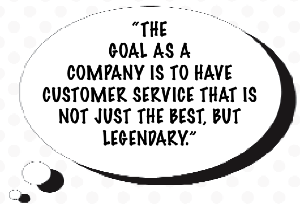
– Customer: That’s funny, I just had my car here a short while ago and it didn’t need brakes then.
– Tech: Listen, the other guys don’t look at them the way I do.
– Customer: I don’t think brakes are necessary.
– Tech: Why don’t we call your husband?
The woman was insulted, of course, and never came back. She also had plenty of negative things to say about the experience and the tire dealer, and she shared those thoughts with friends and family. In this case it wasn’t the respect, it was the lack of respect. If something goes wrong, apologize and correct the problem immediately. Customers don’t expect you to be perfect, but they do expect you to fix things when they go wrong.
2. Think like your customers.
Their perceptions must be your reality. Conduct surveys on a periodic basis to learn what they really think about your business. This can be done at a low cost through a service called SurveyMonkey.com, an online tool that will help you create and publish custom surveys in minutes, and then view results graphically in real time. It is very customer friendly, even for those who have minimal computer skills and no survey experience.
3. Get to know your customers on a personal basis.
Find out what interests them, information about their families and other personal references you can discuss. Don’t fall into the trap that every customer is the same. Each customer will have certain unique preferences and wants.
4. Be consistent.
Good customer service must be delivered every day – not just when an employee feels like it. It must be, to use a shopworn phrase, 24/7/365. It starts with greeting every customer who comes through your door, and never ends.
5. Exceed a customer’s expectations.
That’s tough to do, but you can achieve it by under-promising and over-delivering. Be realistic in your promises about when a service job will be completed or when tires that are ordered will be delivered. Noted author Nelson Boswell (Inner Peace, Inner Power; TA for Busy People; How To Use Transactional Analysis at Home and at Work and Successful Living Day by Day) says, “Here is a simple but powerful rule – always give people more than they expect to get.”
6. Provide a service that your competitors do not.
That could be something as simple as providing transportation to and from work or home or giving customers a free car wash when their scheduled service work is finished. It could be offering a discount coupon to those who are regular customers, or creating a customer loyalty system that offers them a tangible reward based on a certain number of visits.
7. Make it easy for your customers to buy your products and services.
Make sure your sales personnel know about the dealership’s products and services through adequate training and that they can obtain the tires, for instance, that the customers want and need. Be sure that pricing is competitive for comparable products in your area. Always remember, however, customers don’t buy products or services. They buy good feelings and solutions to problems. If you decide to sell your products through your Web site, make sure that the site is customer friendly and easy to navigate. It would be wise to listen to Jeff Bezos, founder and CEO of Amazon.com, when he says, “If you make customers unhappy in the physical world, they might each tell six friends. If you make customers unhappy on the Internet, they can each tell 6,000 friends.”
8. Communicate your return and refund policies up front when a sale is made.
This will save a lot of future embarrassment and will establish you as an ethical dealer.
9. Have someone answer your phone – personally. 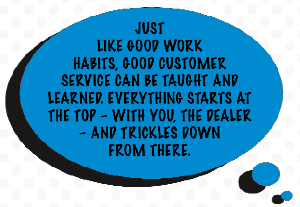
Customers are tired of calling companies where they get a voicemail message with instructions to push button 1, 2 or 3 for more information. This can kill a sale immediately.
10. Hire the best possible employees.
And train them relentlessly. Quality employees mean quality customer service. After they are hired, treat them well and incentivize them to deliver world class customer care.
Training, Training, Training
Just like good work habits, good customer service can be taught and learned. Everything starts at the top – with you, the dealer – and trickles down from there. If you want your employees to have a positive customer-focused attitude, you need to have one and exhibit it always.
When you see a sales or service person stumble with a customer, take them aside and calmly go through the scenario and point out how they could have better handled a situation.
At the same time, your customer service policies – the “rules” your employees are expected to follow in addressing customer concerns – should be clear, consistent and customer-friendly, but also allow flexibility to deal with exceptions.
On a more formal basis, there are a number of customer service training options available to tire dealers.
Outside Help:
Dealers should seriously consider seeking professional help to establish customer service training for their employees. This help can be divided into hierarchies:
Level 1 – Hire a customer service expert like Steve Ferrante to present a seminar to your employees. You could then base your customer relations efforts on the models presented.
Level 2 – Take advantage of any supplier programs that include a customer service component. Some of your tire suppliers have programs of this type, as do a number of parts and equipment suppliers.
Level 3 – Obtain software that specializes in customer relations management (CRM). There are scores of suppliers for this type of software, each offering a different facet of service – some are even free.
Online:
There are some companies that offer online sales and customer service training. If dealers want a generic approach to training, investigate those sites. In addition, some tire manufacturers offer product, sales and customer service training online. Although these may be brand-oriented, they still include valuable tips on positive customer service activities.
Recently, the SEMA Education Institute announced it has teamed up with Harvard Business Publishing to provide SEMA members access to online business management training, including a customer service component, through the Harvard ManageMentor10 program.
“The Harvard program offers the most practical and engaging online resources available today for fostering management skills. The series addresses the full spectrum of issues faced by new and experienced managers alike. Interactive audio and video exercises encourage attentive participation – and this training can help our members apply their improved skills on the job – today,” said Bob Price, SEI executive director.
DIY:
It may be helpful for some larger tire dealers to develop their own customer service training program and modules – either in-person or online. Since intranet sites are private, internal communication sites, you don’t have to worry about outsiders interfering with your system.
Ideally, customer service training should feature role-playing through real life customer interaction situations. This is an excellent way to teach proper customer service techniques and responses, especially for situations that pose multiple possible answers and actions.
The next level of customer service is possible through setting up a CRM system to interact with customers. This could include training employees to use special purpose CRM software, which handles incoming customer e-mails and phone calls, tracks customer service trends, and can generate communications back to customers. The information collected by CRM software may also be used for various promotions and customer satisfaction surveys. Tools for CRM should be implemented only after a well-devised strategy and operational plan are put in place.
Big-Box Help?
Tire dealers are out there every day competing with the big-box stores – and doing it successfully – by offering more personalized service and extras.
But it wouldn’t hurt to look at big boxers like Wal-Mart stores and how they attract and keep customers. Sam Walton laid the foundation for Wal-Mart with three principles: have respect for the individual, give service to our customers and strive for excellence. The formula proved a rock-solid success. From a single store in northwestern Arkansas, Wal-Mart has grown into the largest retailer on earth.
Take some time to think about your personal experiences with big boxers like Wal-Mart, Sears, Best Buy, Target and others – as well as the smaller, local businesses you frequent. From a customer service standpoint, what stands out in your mind? What do they do that keeps you coming back for more?
Sam Walton observed that, “The goal as a company is to have customer service that is not just the best, but legendary.” That type of customer service is within the reach of every tire dealer. Plan for it. Train for it. Deliver it consistently.
And remember, sales results are no measure of customer service. Consider this from respected blogger David Tooman: “Sales without customer service are like stuffing money into a pocket full of holes.”











